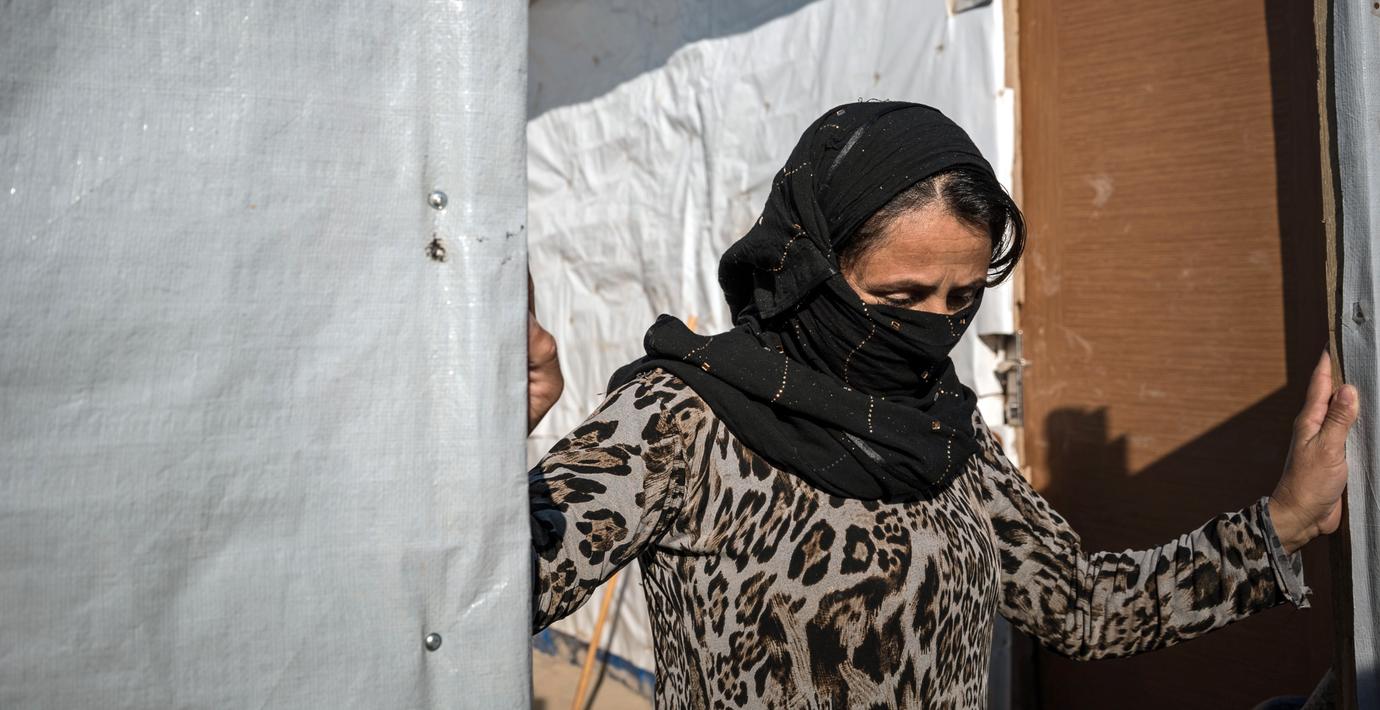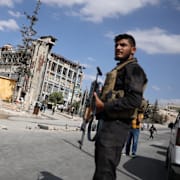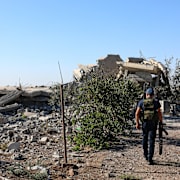
Etnisk rensning kan leda till förlängd flyktingkris
Den etniska rensningen på alla sidor av konflikterna i Irak och Syrien trappas upp, skriver The Independents Mellanösternkorrespondent Patrick Cockburn.
Han beskriver hur grupper som tidigare levde i fred i dag är så rädda för varandra att den starkare etniska gruppen tvingar ut den svagare.
– Vi kommer sluta som de kristna och tvingas ut ur landet, säger en ung sunnimuslimsk fotograf som tidigare bodde i Ramadi i Irak. Staden har nu återtagits från IS av den shiadominerade irakiska regeringens styrkor.
Det kommer att finnas få blandade områden kvar i länderna, skriver Cockburn. Han menar att många flyktingar därmed kommer att uppleva det som för farligt att återvända till sina hemorter vilket i sin tur förlänger flyktingkrisen.
bakgrund
Sekterism och minoriteter i Syrienkriget
Wikipedia (en)
The Syrian Civil War has been described as an "intensely sectarian conflict". The focus of the conflict has been identified as a ruling minority Alawite government (with Alawites being a largely syncretic Shiite Muslim offshoot from which President Assad's most senior political and military associates are drawn) and allied Shi'a governments such as Iran, pitted against the country's Sunni Muslim majority who are aligned with the Syrian opposition and their Sunni Turkish and Persian Gulf State backers. The conflict had drawn in other ethno-religious minorities, including Armenians, Assyrians, Druze, Palestinians, Kurds, Yazidi, Mhallami, Arab Christians, Mandaeans, Turkmens and Greeks.
In 2012 the first Christian Free Syrian Army unit formed, yet it was reported that the Assad government still had the reluctant support of the majority of the country's Christians of various ethnicities and denominations. By 2013 an increasing number of Christians favored the opposition. In 2014, the predominantly Christian Syriac Military Council formed an alliance with the FSA, and other Syrian Christian militias such as the Sutoro had joined the Syrian opposition against the Assad regime.
The Alawite sect of Shia Islam has the second highest religious following in the Syrian Arab Republic and remains at the heart of the Assad regime's grassroot support. Incidents of sectarianism amongst the Sunni population have been said to be rooted in that both Hafez al-Assad and Bashar al-Assad are Alawites, a minority some Sunnis see as heretics. Additionally, the Syrian government maintains a gang network known as the shabiha, a shadow militia that anti-government activists allege are prepared to use force, violence, weapons and racketeering, whose members primarily consist of Alawites. Further Shia sectarian motivations are apparent in the Iranian training and equipping of Shia militants from Lebanon, Iraq, Syria, and Afghanistan to fight with various sectarian militias in Syria, as well as the Assad regime's coordination with the Houthi of Yemen. Minorities such as the Druze and Ismailis have refused to join these militas or be associated with the regime, with even Alawites and Christians who are openly pro regime also refusing to join these militas or serve their conscription terms.
Omni är politiskt obundna och oberoende. Vi strävar efter att ge fler perspektiv på nyheterna. Har du frågor eller synpunkter kring vår rapportering? Kontakta redaktionen



